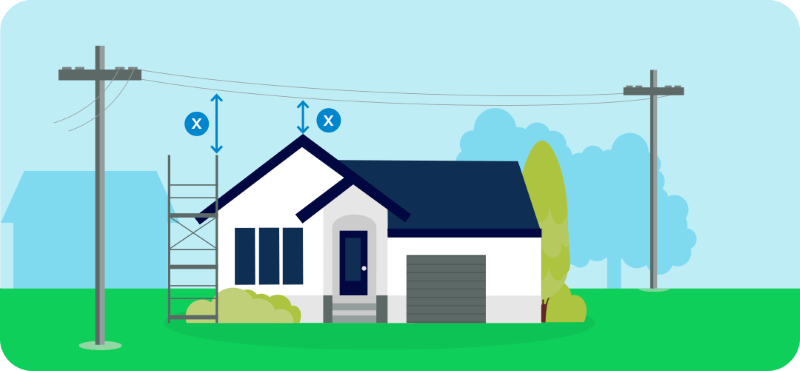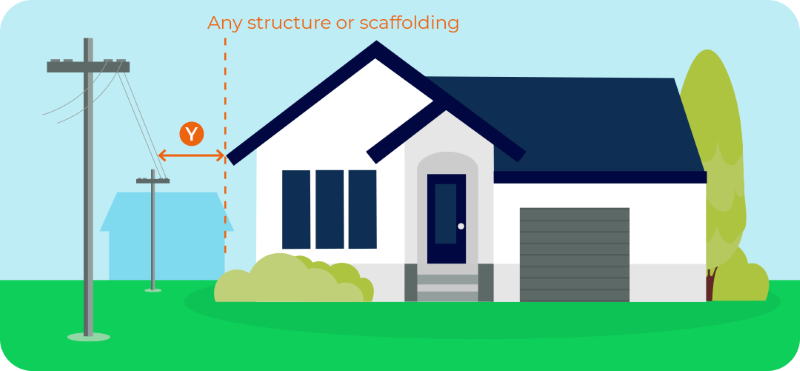Building, working or using mobile machinery near overhead lines or poles
Planning to build or extend? Know the rules around building near power lines.
What is NZECP34?
New Zealand Electrical Code of Practice for Electrical Safe Distances
Whether you’re a property developer, architect, surveyor, builder, scaffolder, roofer – or even a homeowner putting up a fence, sign, a marquee or laying a driveway – it’s important to know your legal obligations around building and working near power lines and power poles.
The purpose of NZECP34 is to protect people, property, vehicles and mobile plant from the risk of electrocution, serious injury and expensive damages or remedial works.
Confirming compliance with NZECP34 in the early stages of your planning is a must to ensure work near power lines and power poles can be done safely and to avoid any disruption to your plans or additional costs, such as changing architectural plans or relocating overhead power lines later.
As a result of Auckland Unitary Plan Change 78 you need to be more diligent about maintaining a safe distance for your planned construction. It is now even more important to know your obligations under NZECP34.
Remember: an approved resource or building consent does not mean compliance with NZECP34.
NZECP34 covers all types of building and excavation - permanent or temporary - near power poles and lines, including but not limited to:
- houses/buildings
- Using scaffolding
- Portable buildings and marquees
- Building fences
- Digging/laying a driveway
- Raising ground levels
- Erecting signs
- Artificial shelter belts and canopies
All work must be a safe distance away from overhead lines. Please refer to NZECP34, table 2 for the distances that apply at points ‘X’ and ‘Y’ in the diagram below in different circumstances.

 Failure to comply with NZECP34 could lead to prosecution by WorkSafe.
Failure to comply with NZECP34 could lead to prosecution by WorkSafe.
If you need to work closer to our overhead lines than permitted by the relevant minimum safe distances set down by NZECP34, you must apply for and receive a close approach consent from us in writing first.
Requirements for buildings/structures:
-
You must ensure that structures such as garages and extensions to houses remain well clear of overhead lines as set down by NZECP34, table 2 (set out below).
-
NZECP34 has set down minimum distances allowed between any new buildings/structures and overhead lines.
-
The minimum safe distances differ depending on the voltage of the overhead lines.
-
If you need to build closer to overhead lines, they will need to be moved or placed underground before you start construction.